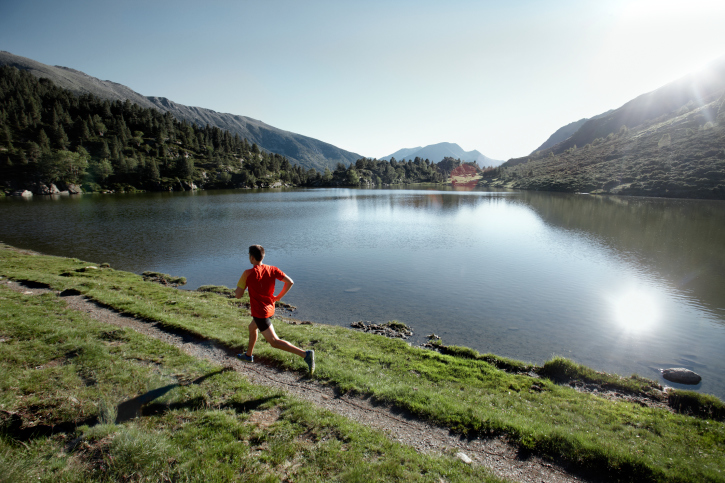Study: Trail systems decrease childhood obesity


Unsurprisingly, giving kids more places to run seems to be associated with lower levels of childhood obesity.
New research out of the University of Missouri and University of Minnesota has shown that areas with higher densities of non-motorized trails, different from how parklands and nature preserves affect childhood activity and obesity.
The new study, published in the journal Preventative Medicine, was headed by University of Missouri professor of parks Sonja Wilhelm Stanis, who also found that nature preserves were associated with lower levels of youth activity, likely because they are generally used not for exercise, but for less vigorous recreational activities, such as bird watching.
“More non-motorized nature trails available for use by youth in a particular county lead to an increase in the physical activity rates as well as lower youth obesity rates,” Wilhelm Stanis told the MU News Bureau. “This was in contrast to counties with more nature preserves, which showed decreased levels of physical activity among youth, and parklands, which did not show any relationship with obesity levels and physical activity of youth.”
One of the suggestions from the study is that, though it seems building more running and cycling trails in a community does seem to help keep a population more healthy and active, planners should also consider what types of recreation space they’re building, as some have different effects than others.


